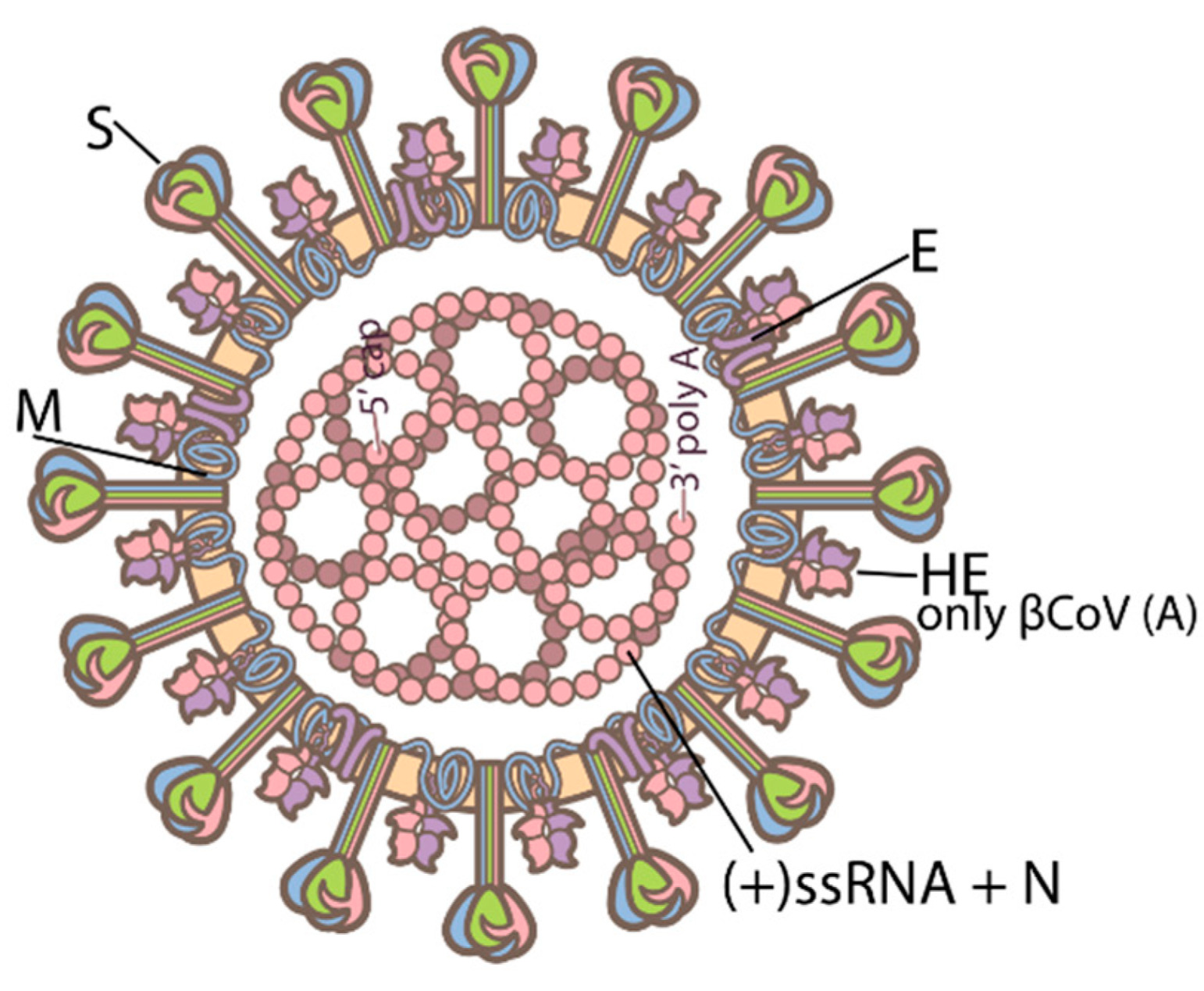Playlist
Show Playlist
Hide Playlist
COVID-19: Transmission
-
Slides Coronavirus Transmission.pdf
-
Download Lecture Overview
00:08 COVID-19 Transmission. 00:10 Respiratory particles exist on a continuum from larger droplets to smaller aerosols, all produced through normal breathing, talking, coughing, and sneezing. While the initial focus was on larger droplets that fall within two meters, scientific evidence now shows the airborne route is a primary transmission pathway for COVID-19. These smaller aerosols remain suspended longer and travel further, particularly in poorly ventilated spaces. This evolution in understanding has significant implications. Improved ventilation is critical. Higher quality masks are more effective than cloth versions, and healthcare settings now recommend airborne precautions universally with enhanced measures during aerosol-generating procedures like intubation. 01:03 While respiratory transmission remains the primary concern for COVID-19, we should understand the secondary routes as well. Surface transmission, touching contaminated surfaces and then touching your eyes, nose, or mouth, was initially considered a major risk, but current evidence indicates this risk is actually quite low. Laboratory studies have shown interesting patterns in virus survivability. 01:28 On porous surfaces like paper, viable virus becomes undetectable within minutes to hours. 01:34 On non-porous surfaces like plastic or stainless steel, under ideal laboratory conditions at 20 degrees Celsius, the virus can theoretically survive up to 28 days. 01:46 However, at higher temperatures of 40 degrees Celsius, survival time drops dramatically to just hours. Most importantly, in real-world settings outside the laboratory, researchers rarely detect viable virus on common surfaces. Standard disinfection methods are highly effective. Most disinfectants containing at least 60% ethanol inactivate coronaviruses in less than one minute. Even natural factors like sunlight can inactivate the virus within 15 to 20 minutes. Environmental conditions significantly influence viral persistence, including ambient temperature, relative humidity, and the size of the initial viral deposit. This explains why surface transmission plays a minimal role in overall COVID-19 spread despite the theoretical possibility. 02:37 While respiratory transmission is primary, other routes deserve brief mention. Surface transmission risk remains low despite viral material being detectable on surfaces. Actual transmission through this route is rare. The virus's survival time varies dramatically based on environmental conditions. Non-respiratory specimens like stool, blood, ocular secretions, and semen may contain viral RNA, but transmission through these routes is unlikely and poorly documented. Standard precautions when handling bodily fluids remain appropriate, but our prevention efforts should continue to focus on mitigating airborne and respiratory droplet transmission. 03:18 While SARS-CoV-2 likely originated from an animal reservoir, animals play a minimal role in ongoing human transmission. Documented cases of animal-to-human spread exist but remain rare, primarily involving farmed mink, white-tailed deer, hamsters, and cats. 03:35 Household pets can become infected from humans and should be kept away from infected household members as a precaution. There's no evidence that the virus can enter through broken skin. 03:45 Transmission occurs primarily through respiratory routes and mucous membranes. 03:51 One of the most challenging aspects of COVID-19 is its transmission pattern. 03:55 The virus exhibits peak viral loads before people even realize they're sick. 04:00 This pre-symptomatic transmission creates a perfect scenario for spread, as individuals continue normal activities while unknowingly infecting others. Even more concerning is what we've learned about asymptomatic carriers. These individuals, despite showing no symptoms, can produce substantial viral loads in their respiratory tract and shed virus particles just as long as those who develop symptoms. This silent transmission route dramatically amplifies community spread. The evolutionary trajectory of this virus has been particularly troubling. 04:32 Each major variant has demonstrated increased transmissibility over its predecessors. 04:38 The progression from the original Wuhan strain through alpha, delta, and then the Omicron variants shows a virus becoming increasingly adept at human-to-human transmission. 04:50 What's fascinating from a virological perspective are the specific mutations driving this enhanced infectivity, as noted on the slide. 04:58 These adaptations make it exceptionally contagious, ranging from evading immune responses, particularly in previously vaccinated individuals, to developing stronger receptor-binding capabilities. 05:11 These combined factors explain why COVID-19 has demonstrated such extraordinary transmission efficiency compared to typical influenza viruses, presenting unique challenges for containment and mitigation strategies.
About the Lecture
The lecture COVID-19: Transmission by Sean Elliott, MD is from the course Coronavirus.
Included Quiz Questions
When is a patient infected with SARS-CoV-2 the most contagious?
- When viral load peaks, which may be before symptoms appear
- About 10 days after symptoms appear
- After about a week of symptoms
- After 3 to 5 days of symptoms
- On the first day that symptoms appear
What is the basic reason Omicron BA.2 is more infectious than the variants which appeared before it?
- Genetic mutations
- Change in its shape
- Response to vaccines
- Can integrate into the host genome
- Difference in the ethnicity of the population infected
Customer reviews
5,0 of 5 stars
| 5 Stars |
|
5 |
| 4 Stars |
|
0 |
| 3 Stars |
|
0 |
| 2 Stars |
|
0 |
| 1 Star |
|
0 |




